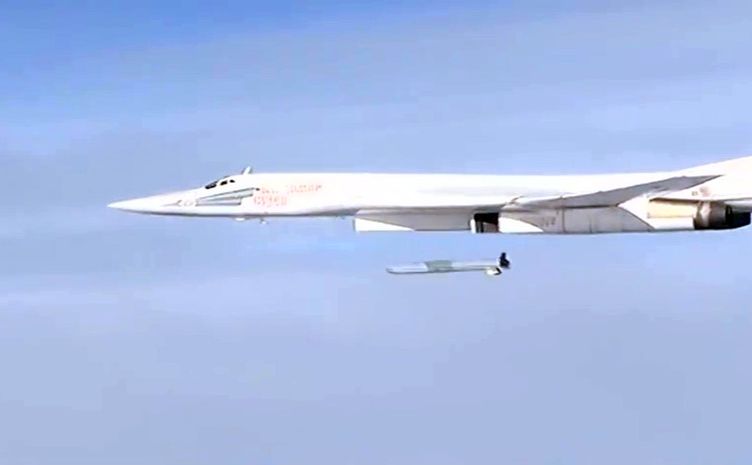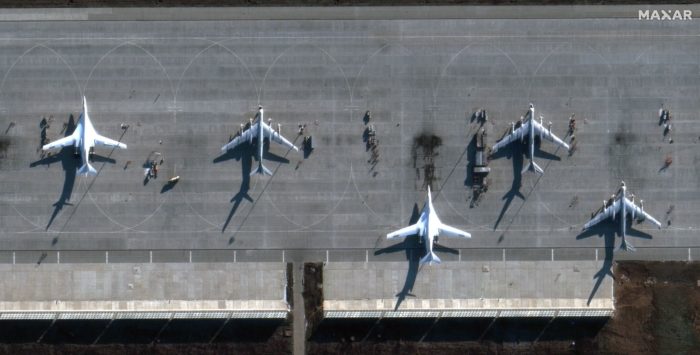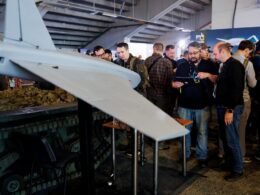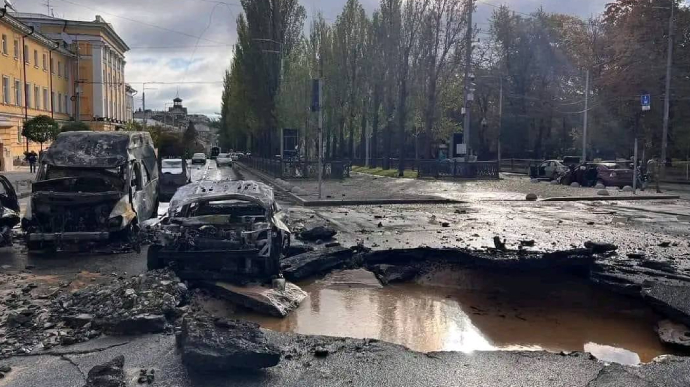Kh-101, S-300, and Iskanders. News reports on Ukraine are replete with names of missiles that Russia uses to strike Ukrainian cities. While Western military doctrines view missiles as deterrents against critical military targets, Russia uses them to terrorize civilians by striking at Ukraine's critical infrastructure. Here is your comprehensive guide to what missiles Russia uses against Ukraine, whether it can replenish the stocks, and what is needed to stop the missile terror.
Russia has fired more than 4,700 missiles at Ukraine over 270 days of all-out war – ZelenskyyRussia presently destroys vital civilian infrastructure, including power plants and pump stations, to leave millions of Ukrainians without electricity, heat, and water. It would give rise to a humanitarian disaster in the harsh Ukrainian winter climate – and yet another Russian war crime. Undeterred, Ukraine continues to resist and destroys missiles every day. In this article, we seek to analyze the Russian missiles used against Ukraine and how to stop Russian missile attacks.
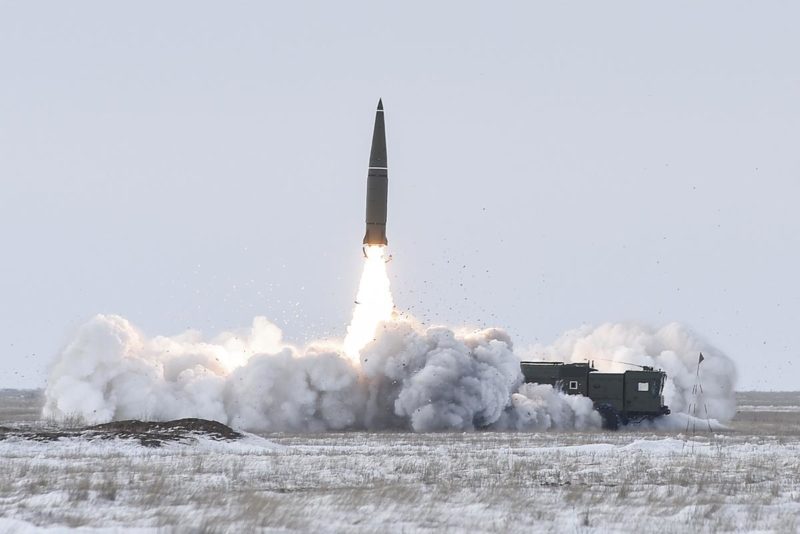
Note: This article analyzes Russian ballistic and cruise long-range land attack missiles used against Ukraine. It does not include projectiles for rocket launchers and short-range missiles used by gunships or portable anti-tank weapons. NATO reporting names are provided in brackets.
Iskander is the most sophisticated Russian missile though the Kremlin is now seeking Iranian analogs
At 3,800 kilograms and 7.3 meters long, Iskander (SS-26 Stone) has been used to threaten Europe from the Kaliningrad region of Russia. It has also served as a symbol of Russian contempt towards sanctions, appearing on T-shirts with the slogan "Sanctions? Don't make my Iskanders laugh!"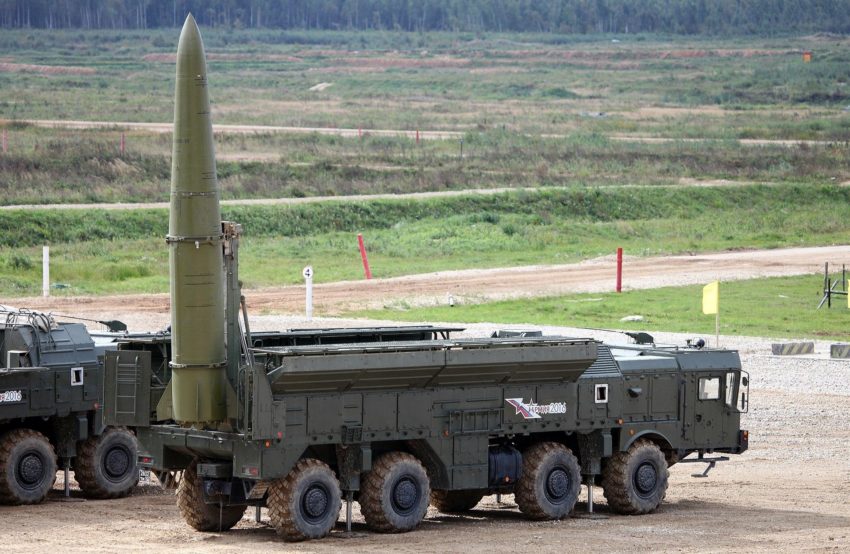
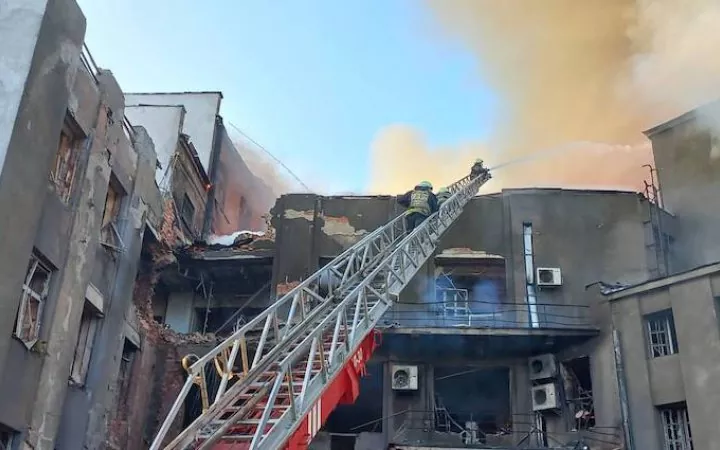
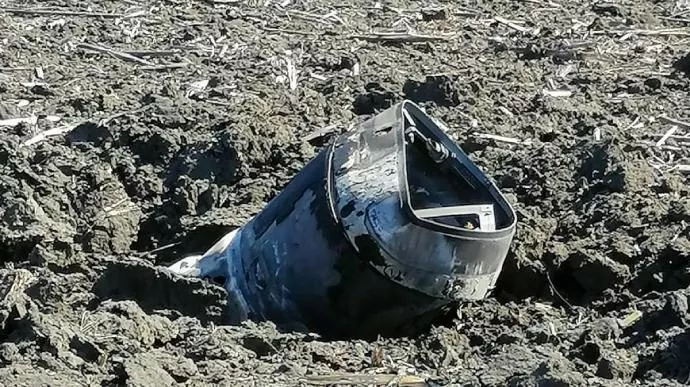
Russia has other ballistic missiles, though Iskanders remain irreplaceable
Russia still wields some quantities of Iskander's predecessor, the Soviet-made Tochka-U (Scarab-A). These missiles have a much smaller range: only 120 kilometers. While they are dangerous for regions near the front, they are rarely used. Oleksandr Kovalenko, an expert from the Information Resistance movement, explained that Russia gradually replaced Tochka missiles with Iskanders, so the number of Tochka launchers and missiles is now limited. It is also the case for the most modern missile in the Russian arsenal, Kh-47M2 Kinzhal (Killjoy), an 8-meter ballistic projectile launched from a MiG-31 fighter plane. Despite Russian claims that the Kh-47M2 is hypersonic and can reach 1400 km/h while flying a distance of 1500-2000 kilometers, Ukrainian experts consider this missile to be simply an air-based modification of the Iskander. It is, however, challenging to intercept.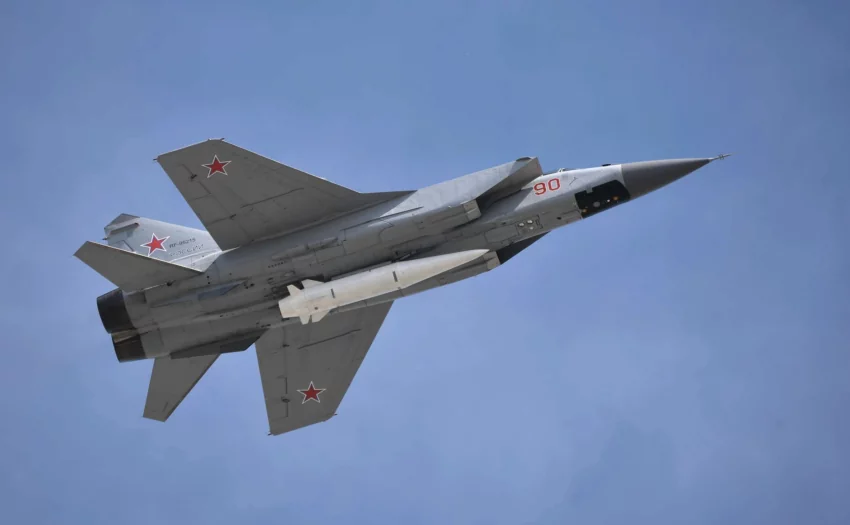
Kalibr is a low-flying cruise missile able to target all oblasts of Ukraine
Kalibr is a 6.2 meter-long bullet-shaped missile with small wings that carries a 450-kilogram warhead. One can often see this missile in videos, as Russia has regularly launched Kalibr (SS-N-30A) missiles from the sea since the start of the invasion of Ukraine. However, their numbers are also diminishing. According to the Ukrainian Ministry of Defense, in October, Russia had only 272 Kalibrs remaining from a pre-war arsenal of 500.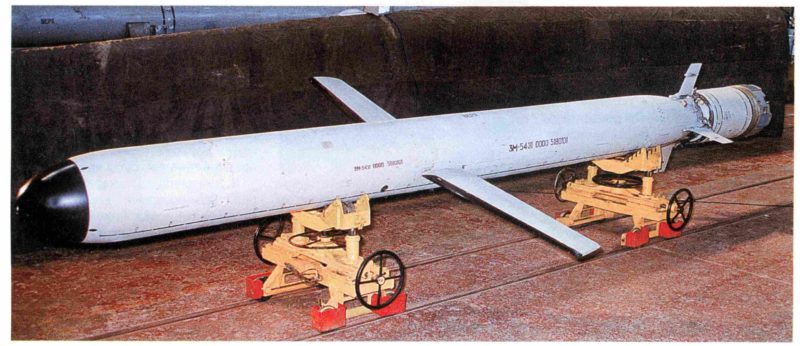
Sea launch of Kalibr missiles
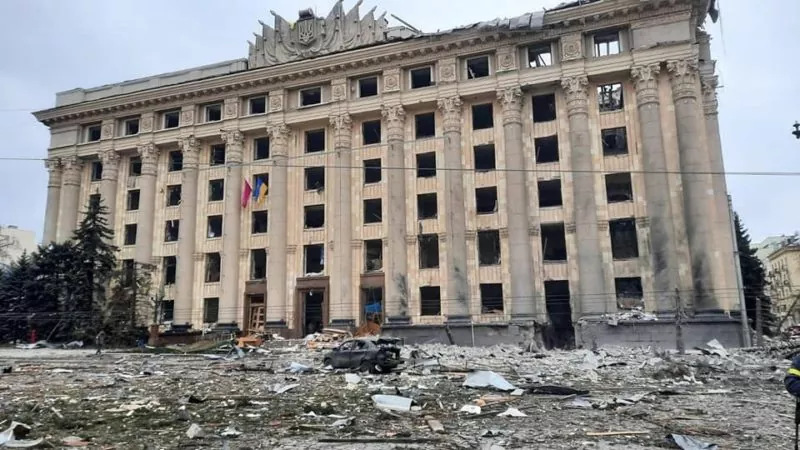
While Russia expends numerous missiles in the war, these supplies can be replenished by producing new weapons. But how much can Russia restore these stocks?
According to Oleg Katkov, editor-in-chief of the Defense Express media outlet, before 24 February, Russia could build up to 100 missiles of each type per year. At the onset of the war, Western states imposed sanctions that impacted all Russian industries. The Kremlin claims they have weathered these sanctions and even boosted production, initializing wartime production levels.
Katkov explains that more is needed to accelerate missile-assembly facilities. The entire defense industry, including the manufacture of engines, navigation systems, and spare parts, should also begin nonstop production. These necessary changes have yet to be implemented, so the actual missile output has likely decreased threefold.
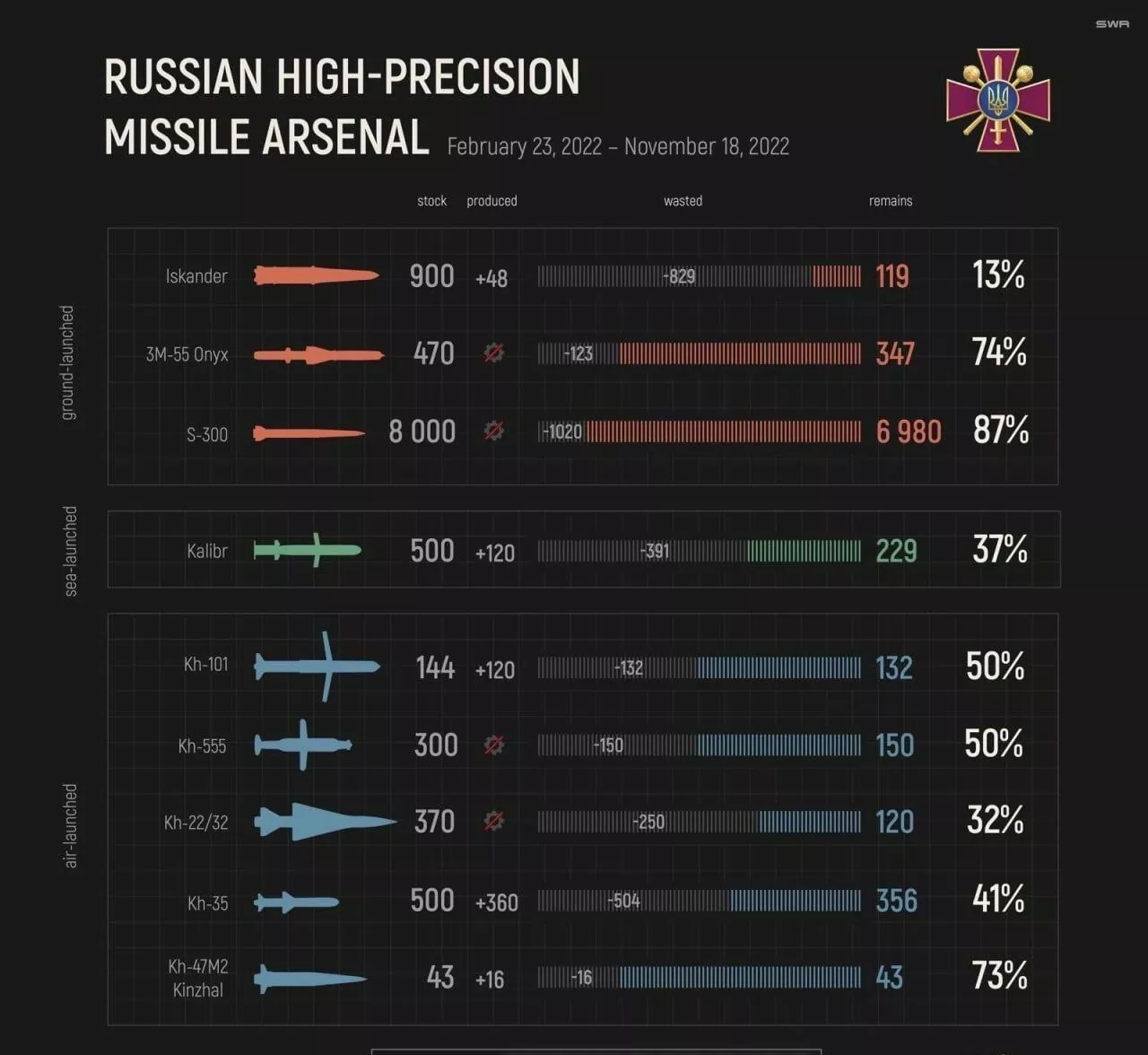
“The only verified info was published during the Russian Armiya-2022 forum, when the military industry reported the annual order for 30 Onyx (SS-26 Strobile) anti-ship missiles, portraying it as a success. Under these conditions, it seems to me that the Russian Federation now has exactly such production rates: approximately 30 missiles of each type per year," claims Oleg Katkov.He emphasizes that Russian missiles require many sophisticated spare parts, including guidance systems for Iskanders (note that the pace of production for these missiles may be even lower than average) and small-size motors for cruise missiles. Meanwhile, Russian invaders launched 80 missiles of various types in the massive bombardment on 10 October alone.
“Russian industry is physically unavailable to provide enough missiles to keep this rate of fire. No industry in the world can do it, even given the ideal circumstances,” stated Katkov.However, according to the estimates of Ukraine's Defense Ministry, Russia has managed to produce 120 Kalibr missiles, 360 Kh-35, and 48 Iskanders since the start of its full-blown war against Ukraine in February 2022.

Kh-101 and Kh-555: Russia conducts massive missiles strikes against Ukraine using air-based weapons
Russia's terror campaign against Ukrainian civilian infrastructure has also relied on air-launched cruise missiles, which are relatively similar to Kalibrs. The most modern of these missiles are the Kh-101 (AS-23 Kodiak) and Kh-555 (AS-15 Kent-C), carried by the Tu-95, Tu-22, and Tu-170 strategic bombers. Frequently Russian air forces launch them from the Black or Caspian Seas. Of these two, the Kh-555 is older. It can travel 3500 kilometers on a flat trajectory before hitting its target. The Kh-101 has a range of 2500-2800 kilometers. Additionally, Kh-101 can shift to a new target during flight and is less visible on the radar. Both types of missiles are capable of maneuvering.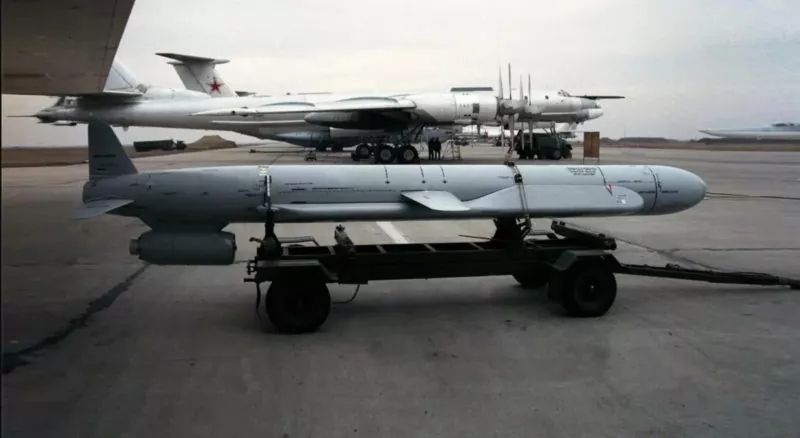
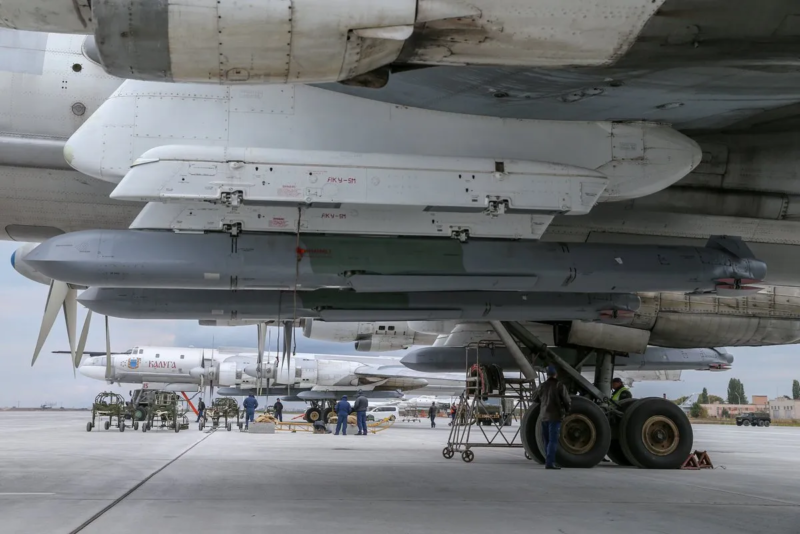
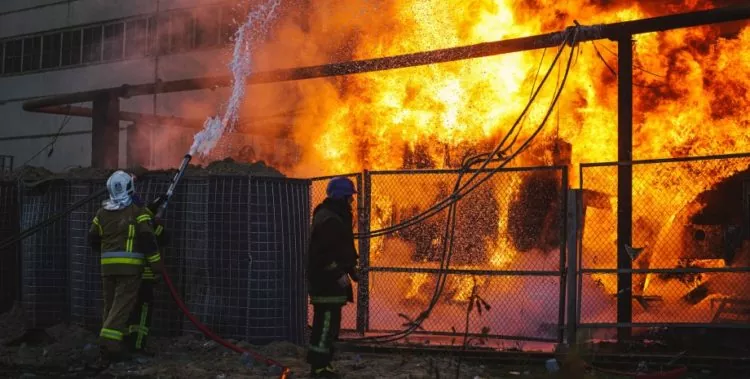
Modern missile supplies are diminishing: Russia unpacks Soviet missiles
The Kh-22 (AS-4 Kitchen) antiquated missile is also launched from bombers. It is both the largest and oldest. It entered service in the 1960s and was designed to use contaminated fuel. At 11 meters long, Ukrainians nicknamed Kh-22 the "flying train car."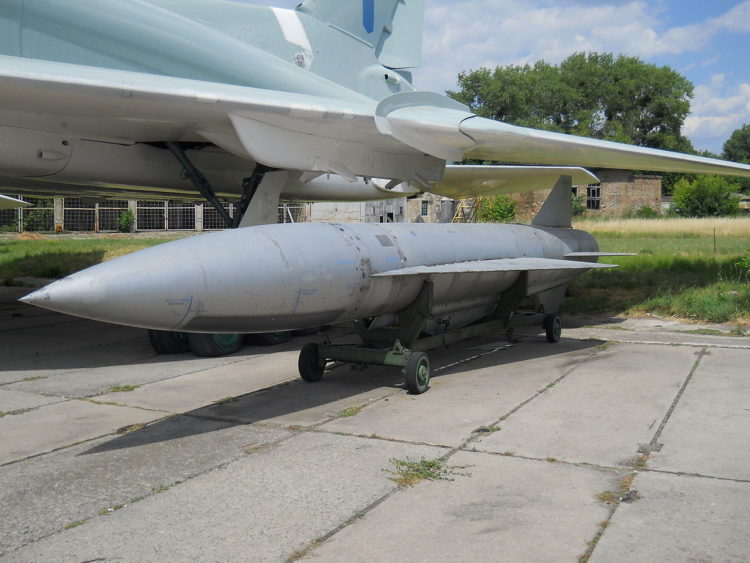
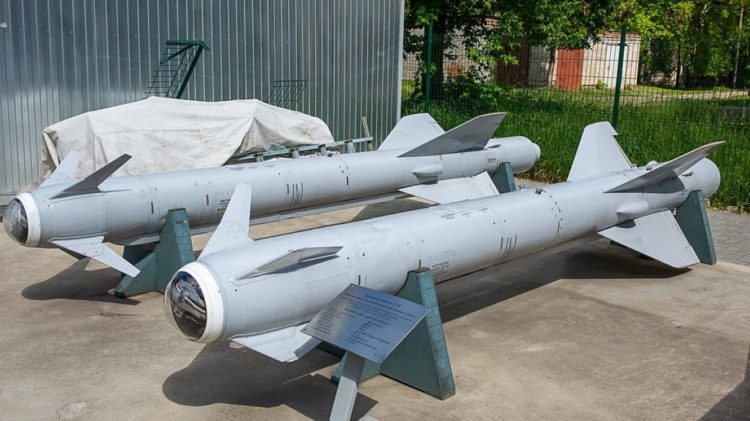
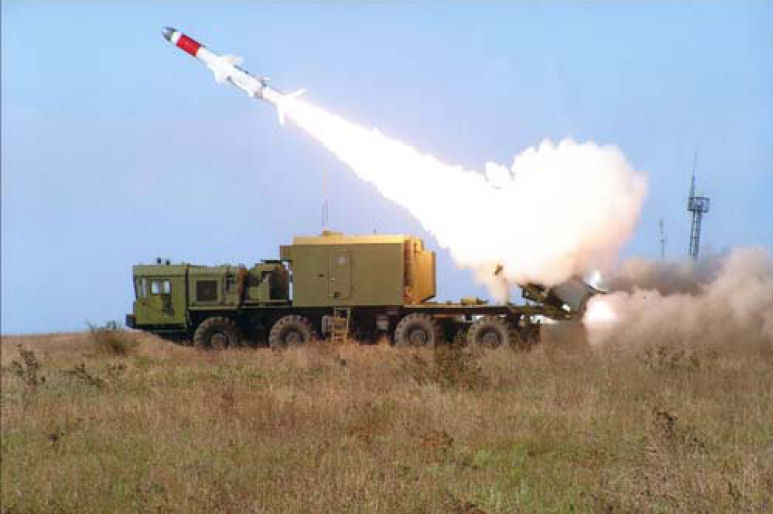
S-300: Russia has learned to use anti-air missiles against Ukraine's civilian targets
When Western experts counted Russian missiles before the war in Ukraine, none of the analyses included projectiles for S-300 launchers (SA-10 Grumble) because they, like Patriot systems, are anti-aircraft weapons. However, as a last-ditch option for crews, one can use these Soviet-era missiles to attack ground targets. In this mode, the range of the missiles is only 25-30 kilometers, even less than some howitzers.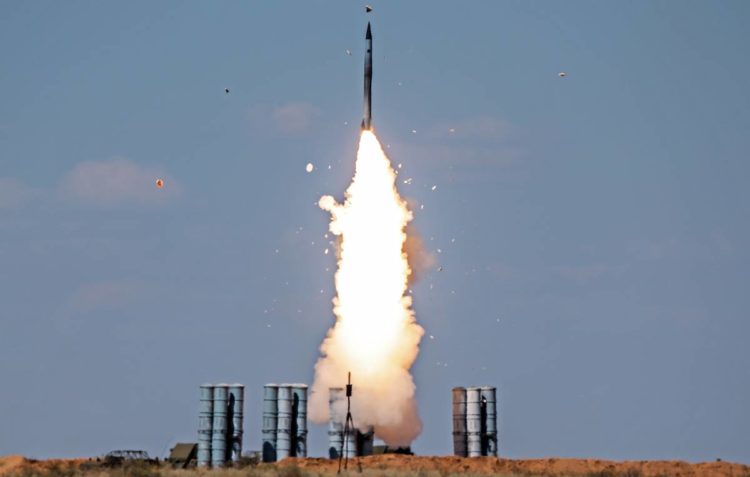
***
While Western military doctrines dictate that missiles are weapons of deterrence for precise strikes against critical military targets, Russia uses its vast missile arsenal to terrorize Ukrainian cities and destroy civilian infrastructure regularly. Providing anti-missile and anti-aircraft systems to Ukraine serves the function of "inflicting a military defeat on Russia" and protects millions of civilians and their homes, schools, and hospitals. Moreover, since Russia has nearly expended its newest weapons, countries can donate more weapons to Ukraine without fear of Russian retaliation. Yuriy Prymachuk is a freelance journalist and editor from Ukraine. He received a master's degree in the Institute of Journalism, Kyiv, interned at Radio Free Europe/Radio Liberty, worked as a journalist and editor in political and economic fields.
Yuriy Prymachuk is a freelance journalist and editor from Ukraine. He received a master's degree in the Institute of Journalism, Kyiv, interned at Radio Free Europe/Radio Liberty, worked as a journalist and editor in political and economic fields.
Read more:
- Russia's missile stockpile was dwindling as per officials but this week's assaults raise questions about that – NYT
- Massive Russian missile attacks confirm need to recognize Russia as state sponsor of terrorism – Ukraine President's Office
- Ukraine's air defense downs Russian missile with dummy nuclear warhead – Defense Express
- NASAMS and Aspide air defense systems already in Ukraine – UPDATED
- Ukraine's air defense shoots down 73 of over 90 Russian missiles attacking power infrastructure
- Power situation "critical" as Ukraine again under massive Russian missile strike (updating)
- Ukraine braces for its hardest-yet winter amid Russian strikes on energy infrastructure
- Russia launches massive missile attack against Ukrainian cities targeting power grid (updates)
- How it is to have your home destroyed by a 2 AM Russian missile strike

